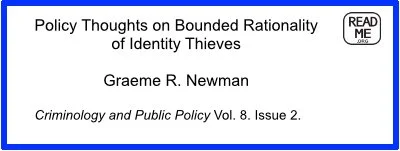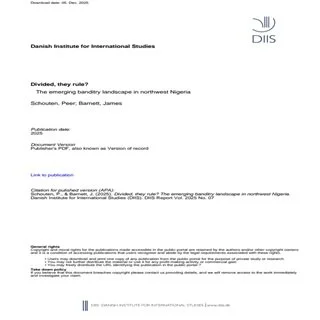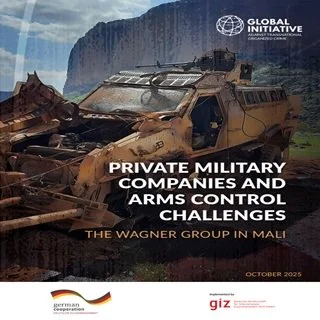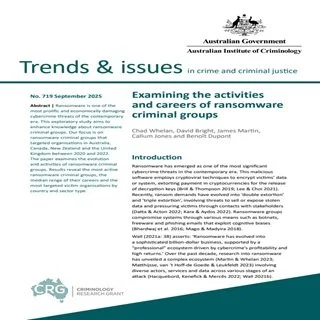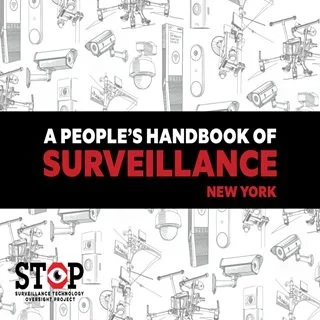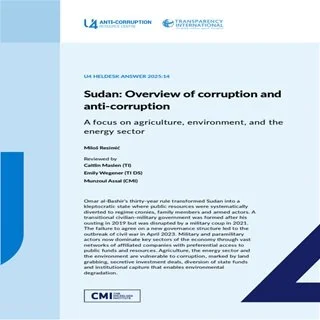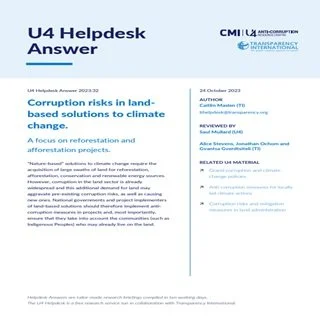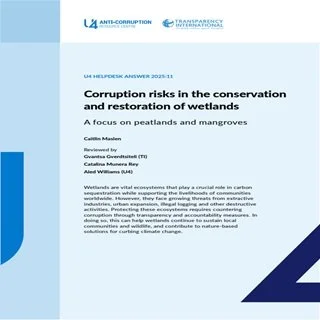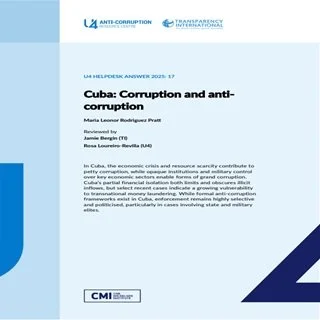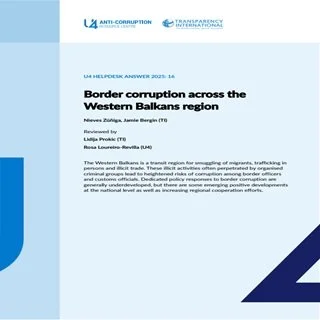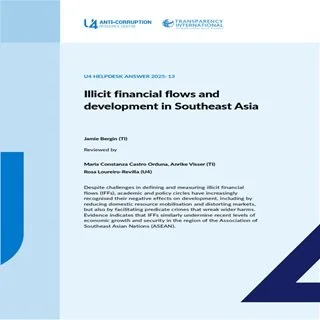By Graeme R. Newman
This essay critiques a study by Copes and Vieraitis regarding the "bounded rationality" of identity thieves, arguing that a focus on offender psychology and rationalizations is insufficient for developing effective crime reduction policies[cite: ]Newman contends that current criminal justice approaches rely too heavily on punishment and victim vindication, which, while politically satisfying, fail to reduce the prevalence of identity theft.
The author advances the following arguments regarding the development of effective policy:
* Policies based on the "deep psychology" of offenders or their denial of victims are largely fruitless because these rationalizations are often unconscious defense mechanisms. Instead of asking “why” offenders commit crimes, policy should focus on “how” they are accomplished.
* Newman distinguishes between crime mitigation (reducing damage to victims) and crime prevention (reducing the number of crimes)[cite:. While legislation and credit reporting agencies have improved mitigation efforts for victims, these measures do not address the root causes of the crime.
* Effective prevention must target the technological and business arrangements that create opportunities for theft. This involves shifting focus from the offender to the "significant players" (businesses) who can implement standard security procedures, such as the use of PINs for credit cards, to harden targets.
* The essay concludes that businesses often view fraud merely as a cost of doing business rather than a crime to be prevented[cite:. Therefore, the government must establish policies that compel businesses to accept responsibility for crime reduction and eliminate the opportunities they create through their products and services[cite.
Criminology and Public Policy Vol. 8. Issue 2.


